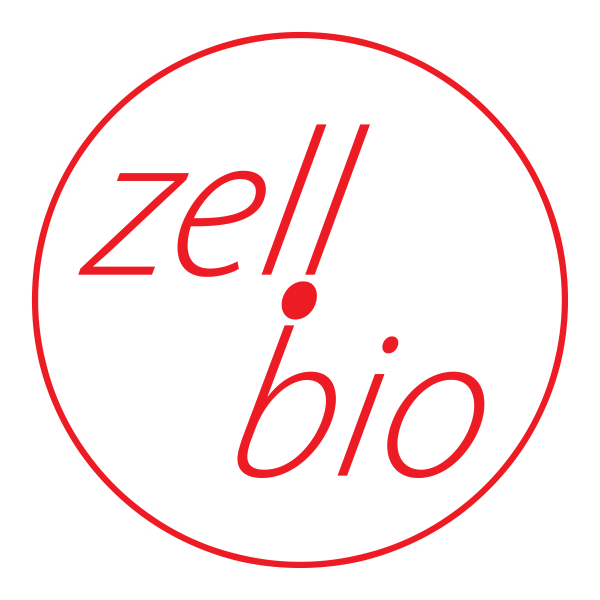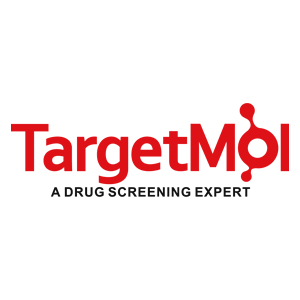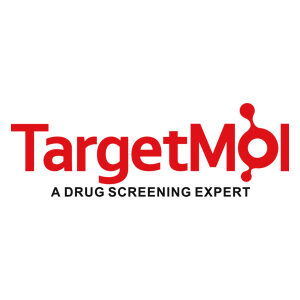Description
| Description | Clindamycin Hydrochloride inhibits protein synthesis by acting on the 50S ribosomal. It is the hydrochloride salt form of clindamycin, a semi-synthetic, chlorinated broad-spectrum antibiotic produced by chemical modification of lincomycin. Clindamycin hydrochloride is used as a solid in capsules. |
| In vitro | Clindamycin is a classical inhibitor of bacterial protein synthesis which binds to the 23S ribosomal RNA of the 50S ribosomal subunit. [1] |
| In vivo | Clindamycin hydrochloride results in fast absorption after oral administration in dogs, with a mean absorption time (MAT) of 0.87 hour, and bioavailability is 72.55%. Clindamycin hydrochloride results in total clearance (CL) of Clindamycin after both IV and oral administration (0.503 vs. 0.458 L/h/kg) in dogs. Clindamycin hydrochloride results in volume of distribution at steady-state (IV) at 2.48 L/kg, suggesting a wide distribution of clindamycin in body fluids and tissues. Clindamycin serum concentrations after IV and oral administration remain above 0.5 μg/mL approximately for 10 hours. [1] Clindamycin hydrochloride significantly reduces oral malodor from the dogs’ baseline levels through 42 days. Clindamycin hydrochloride also results in significant reductions in dental plaque, dental calculus, and gingival bleeding in dogs. [2] Clindamycin hydrochloride (2.5 mg/lb), after ultrasonic scaling, root planing, and polishing (USRP) , has a significant effect on plaque and pocket depth measures of periodontal disease but not on gingivitis in canine. [3] Clindamycin hydrochloride results in complete remission ratio of 71.4% (15/21) in dogs with canine superficial bacterial pyoderma after treat within 14 to 28 days. [4] |
| Kinase Assay | In vitro potency assays: After RO4929097 is used, the Aβ peptides are measured by ECL assays using a variety of anti-Aβ antibodies and an Origen 1.5 Analyzer. The 4 g8 murine mAb binds an epitope in the Aβ peptide (within amino acids 18–21) that is immediately distal to the α-secretase cleavage site. The G2–10 murine mAb binds the C terminus that is exposed after γ-secretase-mediated cleavage to generate amino acid 40 of the Aβ40 peptide. The FCA3542 rabbit antibody binds the C terminus that is exposed after γ-secretase-mediated cleavage to generate amino acid 42 of the Aβ42 peptide. The 4 g8 mAb is biotinylated with biotin-LC-sulfo-N-hydroxysuccinimide-ester. The G2–10 and FCA3542 antibodies are ruthenylated with TAG-N-hydroxysuccinimide ester. Aβ(x-40) is detected with biotinylated 4 g8 and ruthenylated G2–10. Aβ(x-42) is detected with biotinylated 4 g8 and ruthenylated FCA3542. |
| Synonyms | Clinimycin HCl, Clindamycin HCl, Sobelin HCl, Cleocin |
| Molecular Weight |
461.44 |
| Formula | C18H33ClN2O5S·HCl |
| CAS No. | 21462-39-5 |
Storage
Powder: -20°C for 3 years
In solvent: -80°C for 2 years
Solubility Information
DMSO: 46.1 mg/mL (100 mM)
( < 1 mg/ml refers to the product slightly soluble or insoluble )


